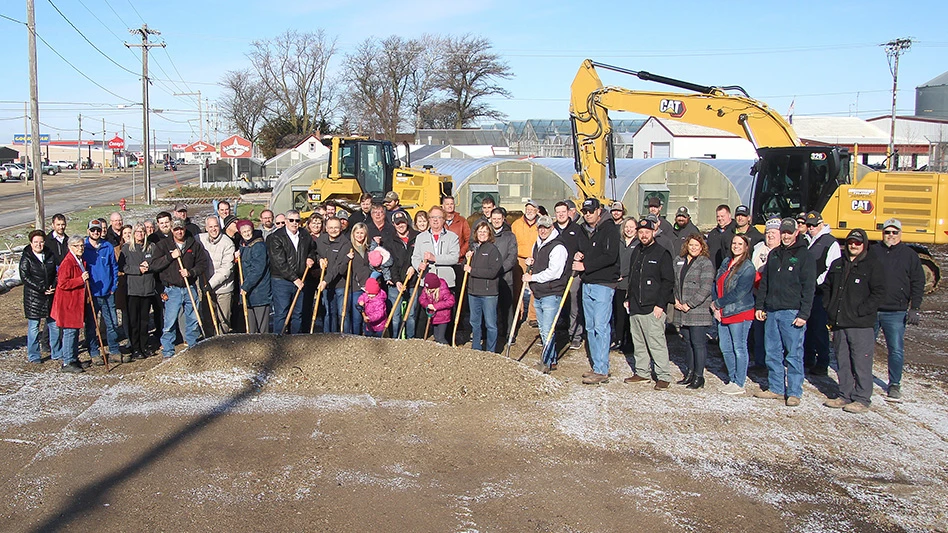The strain on freshwater resources presents critical challenges throughout the United States.
Whether in the arid Southwest, where scarcity defines the region; the water-rich Midwest, burdened by the escalating costs of processing and distribution to keep pace with population growth and expansion; or the historically temperate Northeast and mid-Atlantic, which have recently experienced prolonged periods of unprecedented dryness, the pressure is real.
For garden centers, this presents a prime opportunity to boost sales of water-tolerant native plants and develop deeper bonds with retail customers seeking sustainable options.
However, many garden centers have failed to take the strategic steps necessary to effectively market theseplant varieties and encourage customers to adopt water-tolerant and climate-resistant flora in their landscapes.

Industry professionals who are passionate advocates for native species offer key insights to jump-start sales and customer engagement atyour retail garden center and nursery.
Disrupt the status quo
Garden centers are challenged to break long-held consumer misconceptions that drought-tolerant, climate-resistant native plant species are drab, uninteresting and unremarkable. Or worse, they’re just cactuses.
“Garden centers need to show diversity in their selection,” says Chuck Pavlich, director of new product development at Terra Nova Nurseries in Canby, Oregon. “If all you have is a scraggly weed, then your customers won’t be buying any of it. However, many plants in this category are beautiful and have been bred to be both visually appealing and drought tolerant. Those are attractive benefits to consumers.”
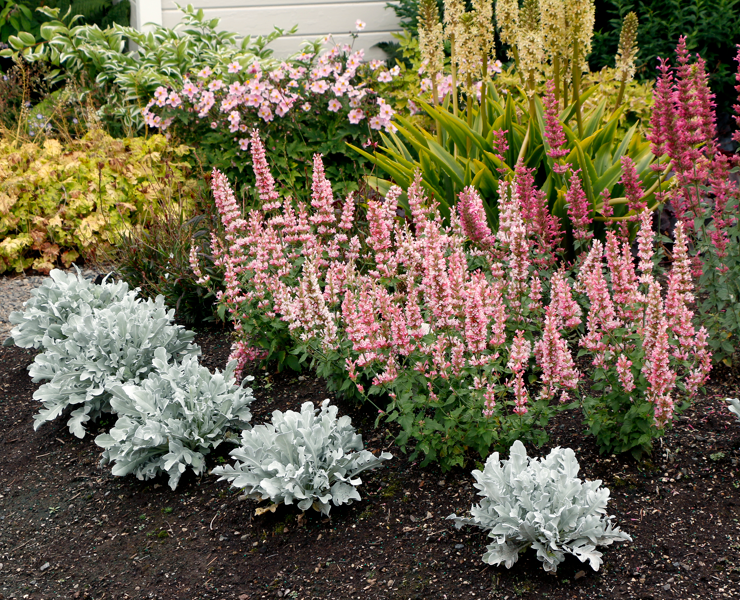

Another method to break stereotypes is to use terms other than “drought tolerant” when promoting these varieties, suggests Anna Ohler, co-owner of Bright Lane Gardens in Lake Ann, Michigan. Instead, choose alternative terms such as “water wise,” “full sun,” “low maintenance,” “wildflowers/pollinators” and even “hillside erosion” to add dimension and depth.
“Many customers are seeking to troubleshoot problem areas around their property where they’ve had issues keeping plants alive,” she says. “Sure, those areas may be water-challenged, but there may be (environmental) factors that call for other types of plant solutions. In the end, the average person — myself included — wants an aesthetically pleasing yard that also hits that sustainability factor.”

Plant Collection
While “drought tolerant” may not be the most engaging label in garden center signage, terms like “easy care” or “low pest pressure” may pique the interest of customers who not have not considered hardier, less water-dependent native varieties as an alternative to their beloved hydrangeas, says Janet Sluis, program developer at Plant Development Services, Inc. in Berkeley, California.
“Even here in California, ‘low water,’ in and of itself, isn’t very popular (with consumers),” Sluis says. “But you lump that into ‘easier-care’ (terminology), and you can begin to have a conversation about ecological and sustainable landscaping.”
Build display gardens
Seeing is believing, and display gardens inspire customers with the visual appeal of drought tolerant and climate-resistant plants in a firmly established landscape.

Springs Nursery
Unlike annuals that are retailed in bloom, native varieties often are still dormant as they sit in their flats awaiting sale. Therefore, garden centers need to highlight their potential, says Amy Hovis, owner of Barton Springs Nursery in Austin, Texas.
“We have gardens planted throughout the entire nursery, and they’re done in ways that are really artful, so they’re inspiring to people,” Hovis says. “They get to see firsthand the plants thriving, and they want that. So, we'll plant native plants that we know are superstars, and we also use it as a bit of a test garden, as well. Then customers are able to see not only the plants themselves but also how they might be planted together. When they walk by and they see something thriving, they're like, ‘Oh, what's that? I'll take that!’”
These living displays serve as practical examples of how to incorporate water-wise plants into beautiful landscapes, helping customers visualize the possibilities for their own yards.

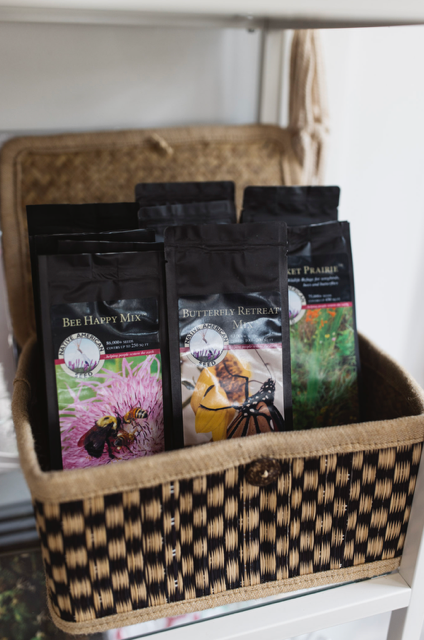
© Photos courtesy of Amy Hovis, Barton Springs Nursery
“There are beautiful grasses and nice perennials, and you can put some shrubs in here to show what a lower-water-use garden could actually look like,” Sluis says. “Most consumers, when you talk to them about lowering their water usage, they immediately think they have to have a cactus garden.
“We’re trying to show you can still have a beautiful, lush garden that has plenty of flowers for pollinators, that has a little area for vegetables, that you can grow some cut flowers in and have nice foundation shrubs that are low water,” she adds. “But I really don't see (garden centers) doing a great job of showing that at the retail level. So, this is a huge opportunity.”
Hovis emphasizes that these display areas are part of a broader educational approach, supplemented by blog posts, social media messaging, and community talks, to promote water-wise gardening practices throughout the year. This strategy has helped her garden center extend its efforts to effectively market drought-tolerant plants while educating and building community with customers interested in sustainable landscaping options.
Educate your customers
While display gardens are effective in reflecting drought tolerant potential, most professionals agree that detailed signage in the garden center is essential to provide much-needed education.
Hovis complements her display areas with detailed signage that highlights botanical information about the specific plants and addresses the most frequently asked questions.
“Your signage educates people on what they’re looking at and directs them where (in the garden center) they can find those drought tolerant native varieties,” she says. “And remember, a picture is worth a thousand words, so include photos in your signage that show people their potential in a landscape.
“Our whole mission is to teach, teach, teach,” she adds.
To bridge the gap between ecological benefit and consumer appeal, Ohler developed a comprehensive, laminated plant information card. This meticulously designed resource — featuring a vibrant bloom photograph, concise growth specifications and detailed ecological benefits — empowers customers to make informed decisions. She says these cards are responsible for a significant increase in native plant sales because they help make these varieties a compelling, mainstream choice.
“Consumers crave visual impact … they want that ‘wow’ factor,” she says. “Through informative displays and readily accessible information, we create that for the customer and align environmental responsibility with their aesthetic satisfaction."

The more visuals garden centers provide that promote and educate about these plant varieties, the better, Sluis notes.
“People aren’t just coming into (the garden center) because they’re just looking for native plants, per se,” she says. “People are coming in because they’re interested in the topic, and they’re looking for information.”

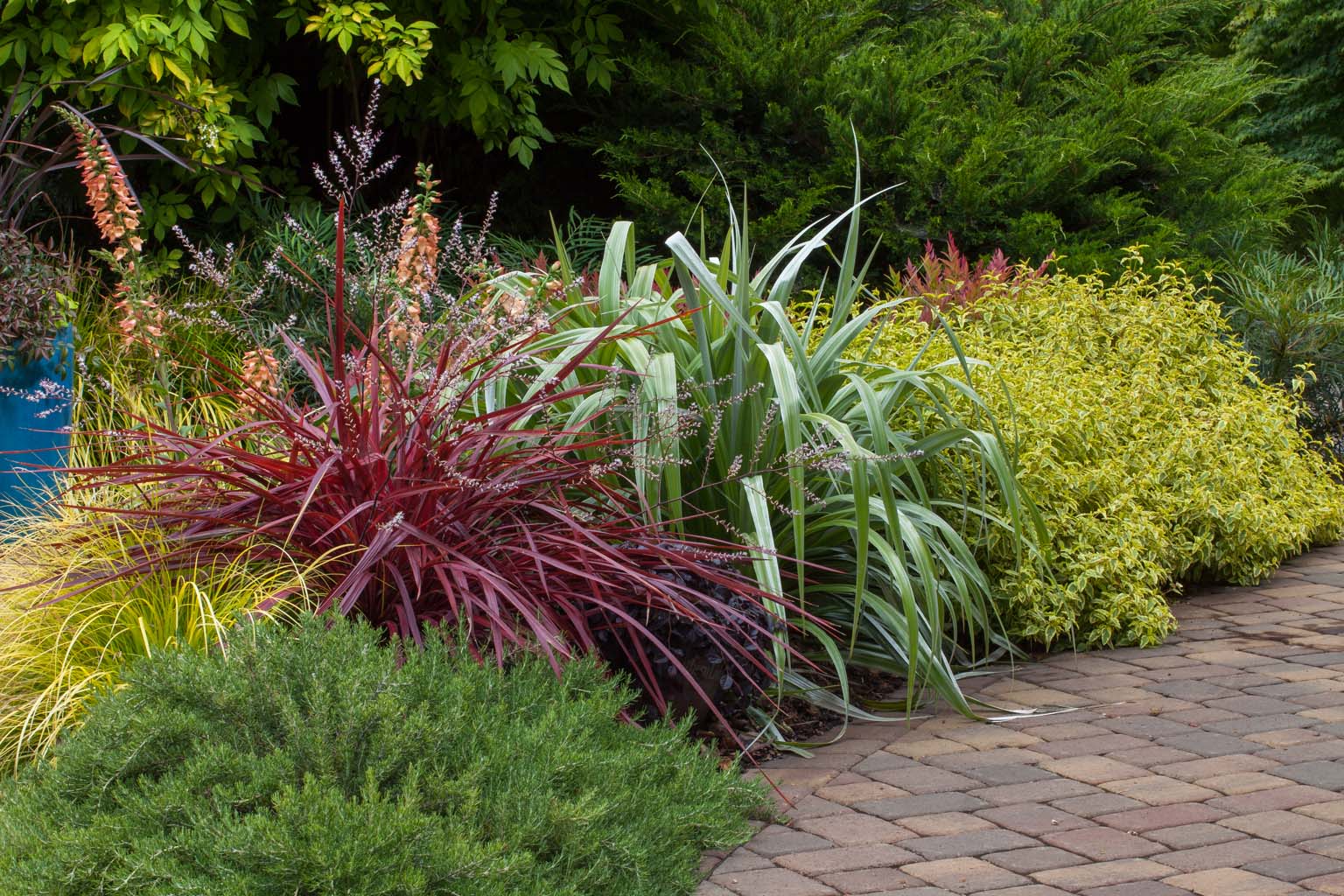
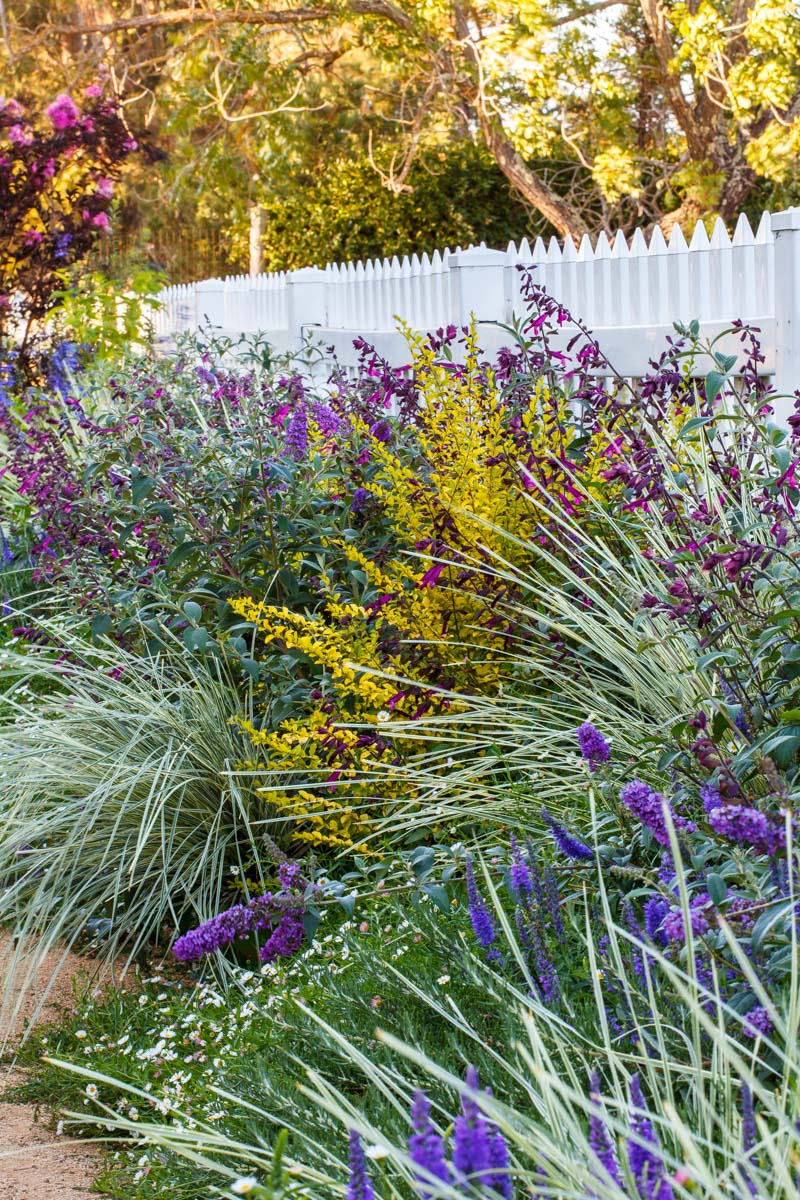
Get hands-on
Providing customers with opportunities to get their hands dirty at the garden center is a key factor in promoting the adoption of drought tolerant plants. Garden centers should actively schedule and promote on-site classes about planting and caring for drought tolerant and climate-sensitive plants, using the demonstrations as if they were their own yards.
“You’re not selling plants; you’re helping the customer,” Pavlich says. “Establish your garden center as the place to come to for information.”
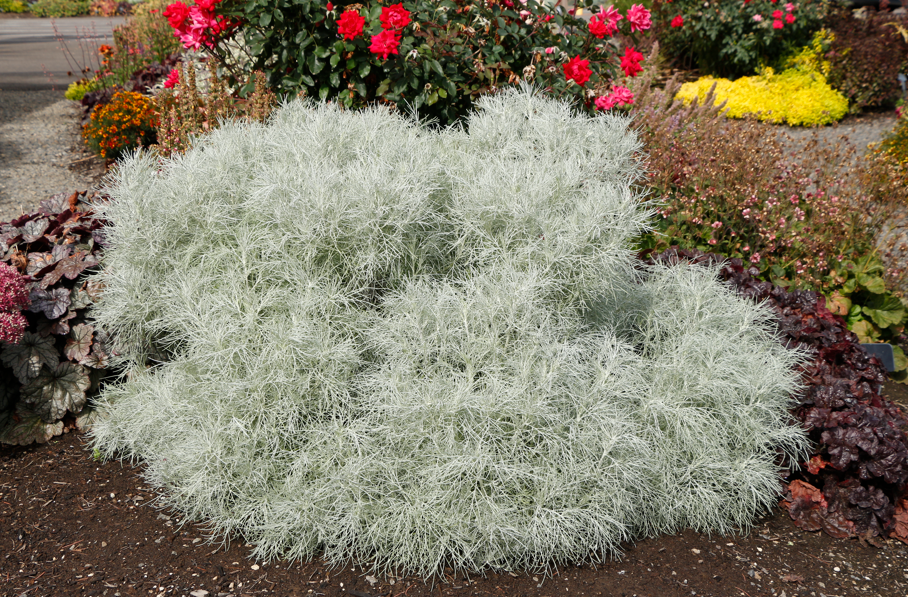
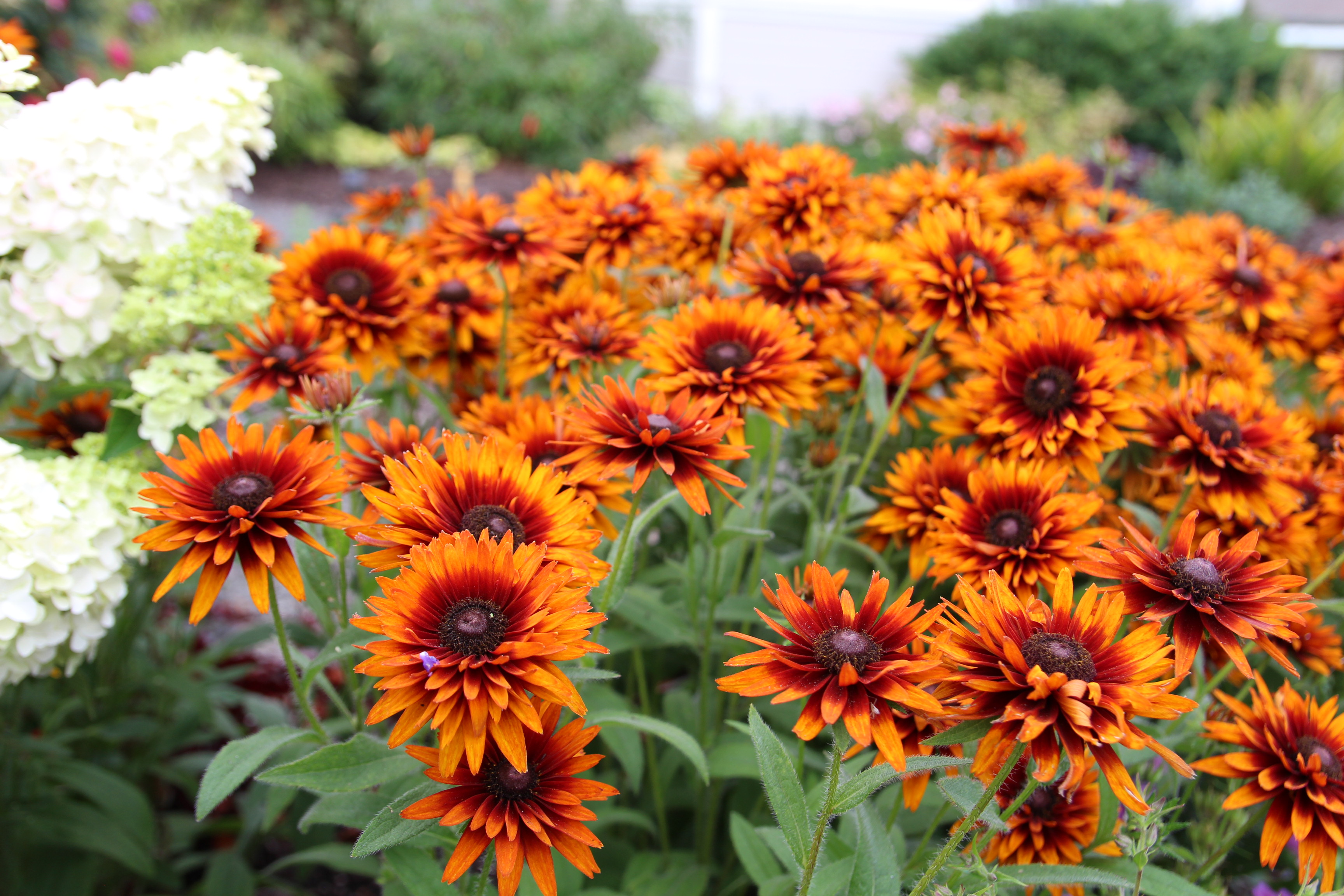
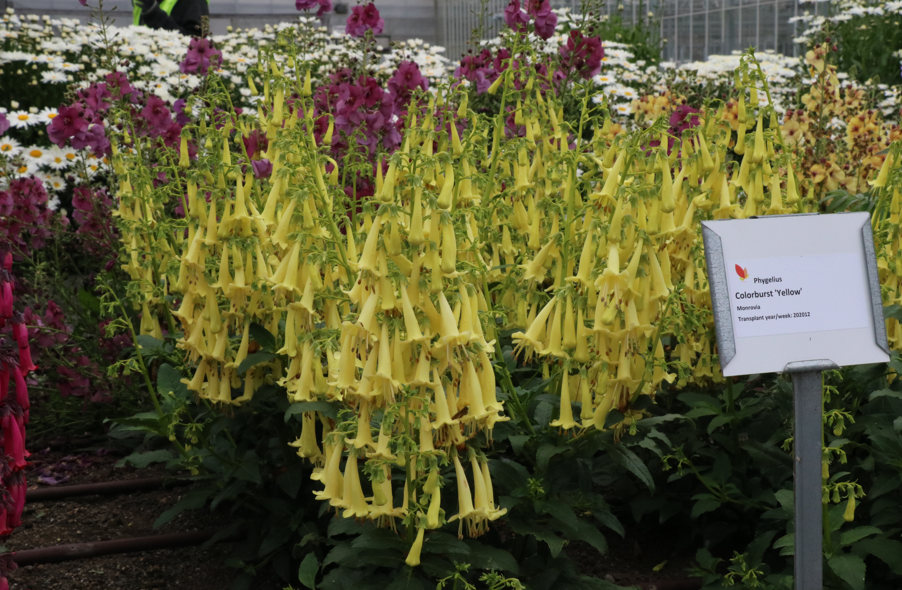
Ohler keeps her plant classes small and focused, showcasing drought tolerant plants, as well as deer resistant and wetland plantings.
“We create for (customers) immersive experiences in real time that far exceed the limitations of a catalog,” she says.
Consider connecting with landscape architects who do business within a core radius to your garden center to further educate customers about the design philosophy behind sustainable landscape practices and integrating native and climate-adapted plants into residential designs.
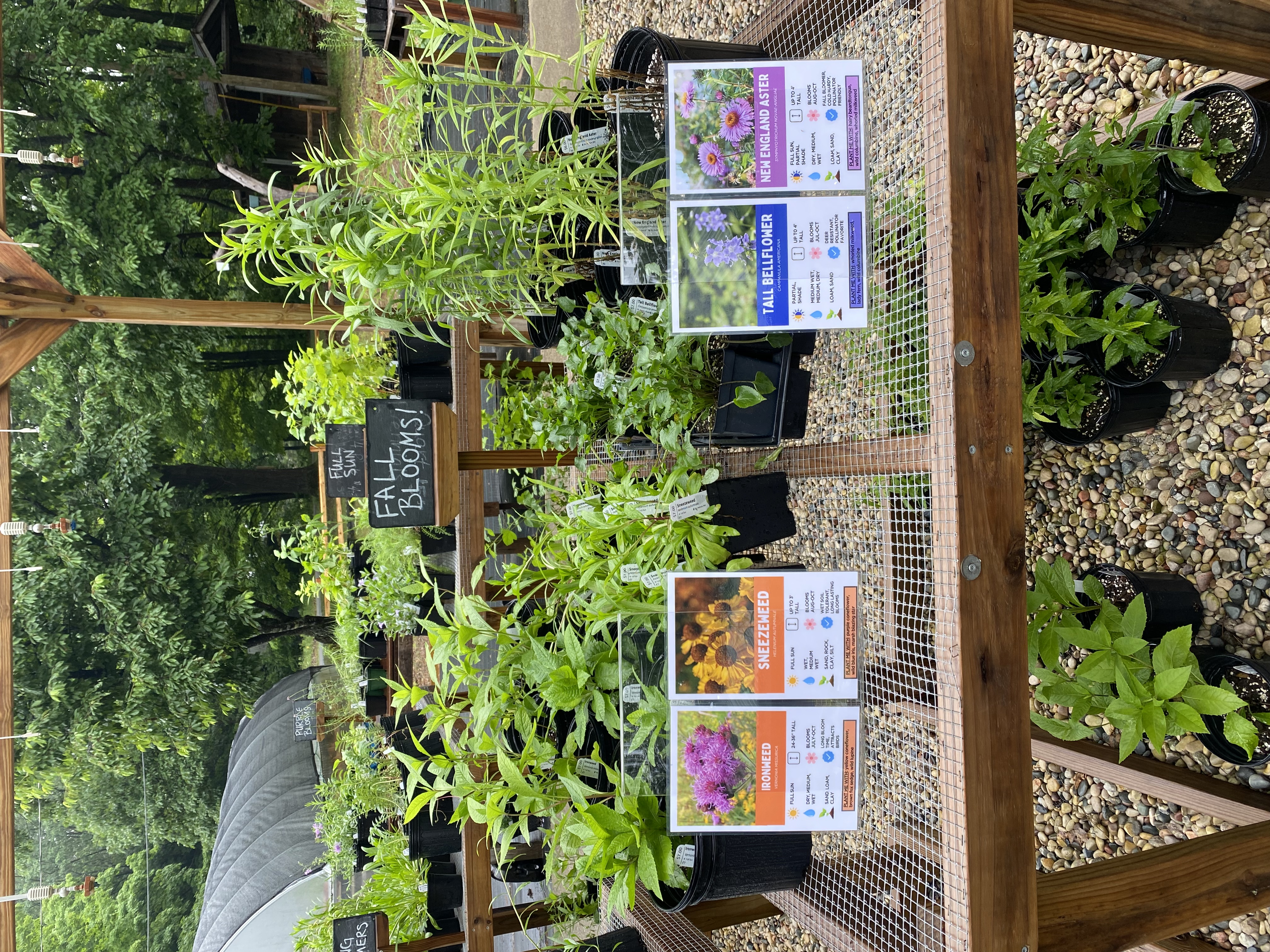
“These are important relationships to cultivate, and they allow you to leverage your showroom’s impact to drive broader adoption of these valuable plant solutions with your customers,” Ohler says.
And don’t forget to include demonstrations geared toward children, Pavlich adds.
“Get them in early into thinking about these things and about continually coming into a garden center or nursery,” he says. “This is the next generation of buyers for garden centers. So, if you don’t pay attention to kids and make it fun and interesting for them, then you’ll lose them until (these consumers) hit their 30s or 40s.”
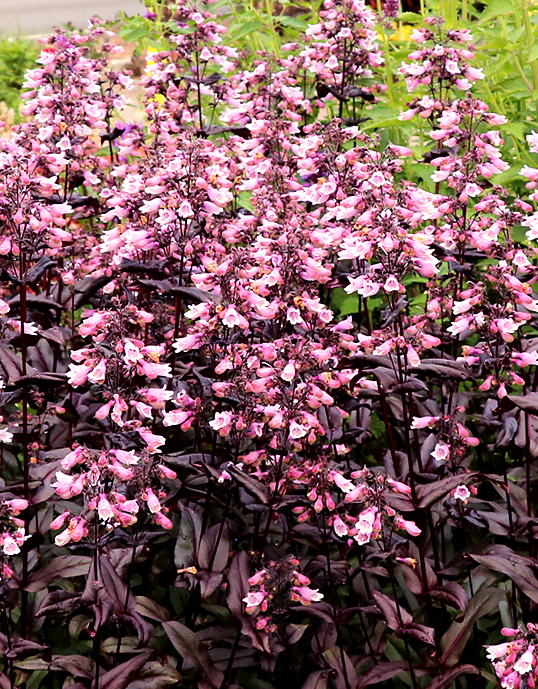
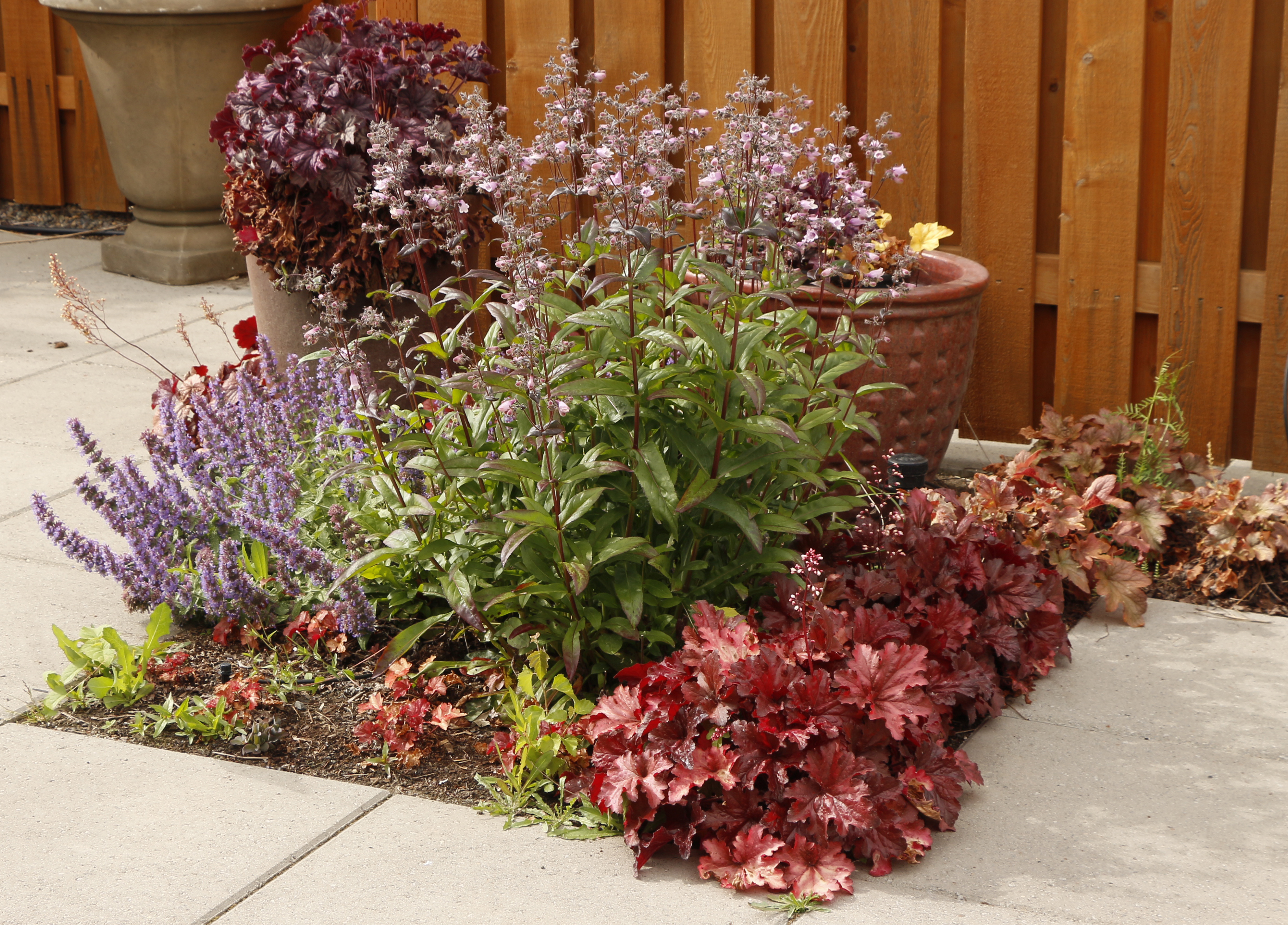
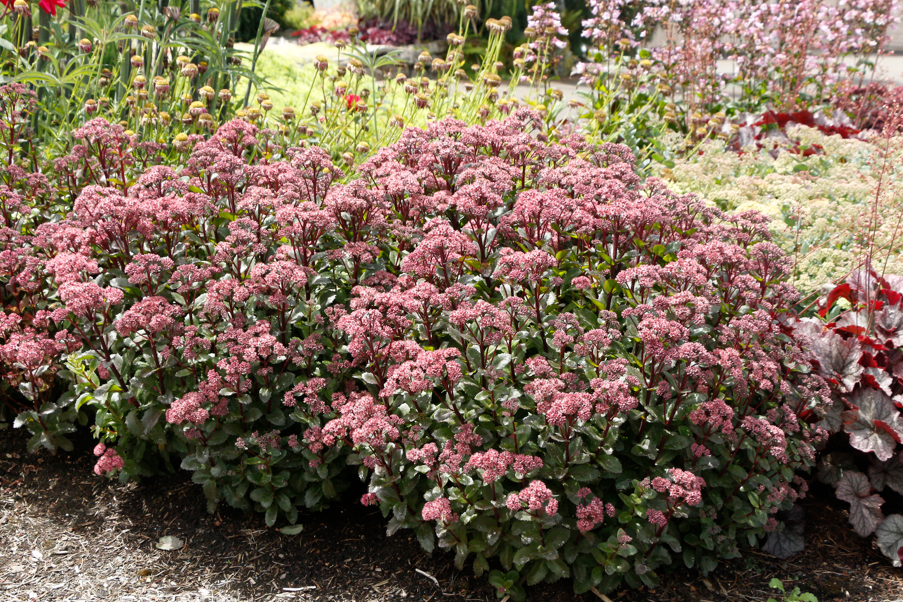
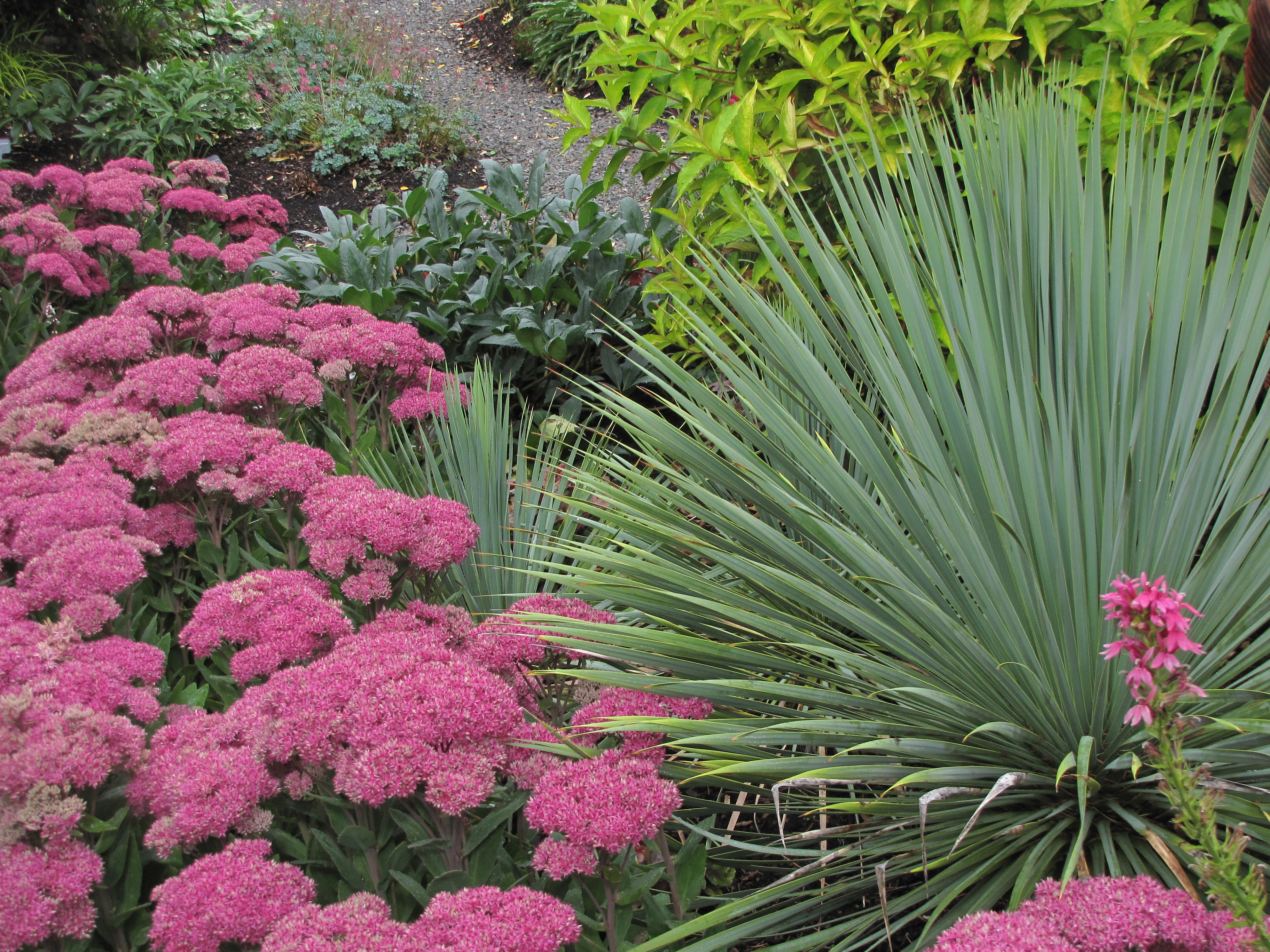
Ohler suggests creating plug “kits” to replicate at home what customers learned through the classes. The kits can eliminate guesswork and go a long way toward enabling more confident customers.
“Assemble a few varieties of native plants together with a couple of sample designs on how to arrange them for somewhere in the $150 range,” she says. “Those sell really quickly and easily. In fact, we can’t grow the plugs fast enough to fill those.”
Hovis notes that her garden center has had success selling drought tolerant plants in 4-inch containers, which are smaller than those used by other retailers.
“We like to offer various sizes of our plants because it’s an economical way to try some things and to experiment,” she says. “We know from experience that when customers experiment and have success, they come back and go bigger (with their future purchases).”
Getting these plants in the hands of consumers and educating them on their proper care builds confidence, which is critical for long-term success.
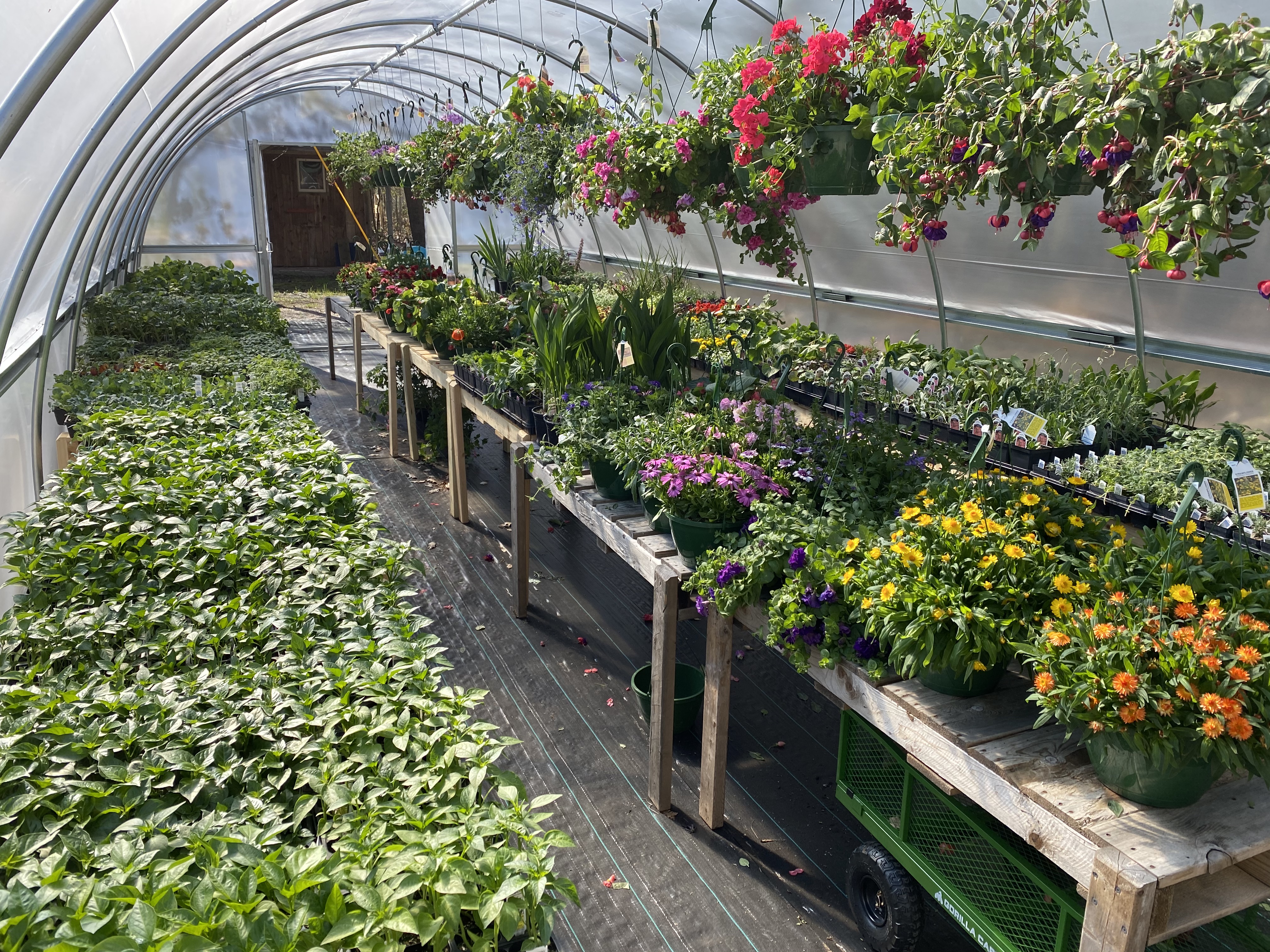
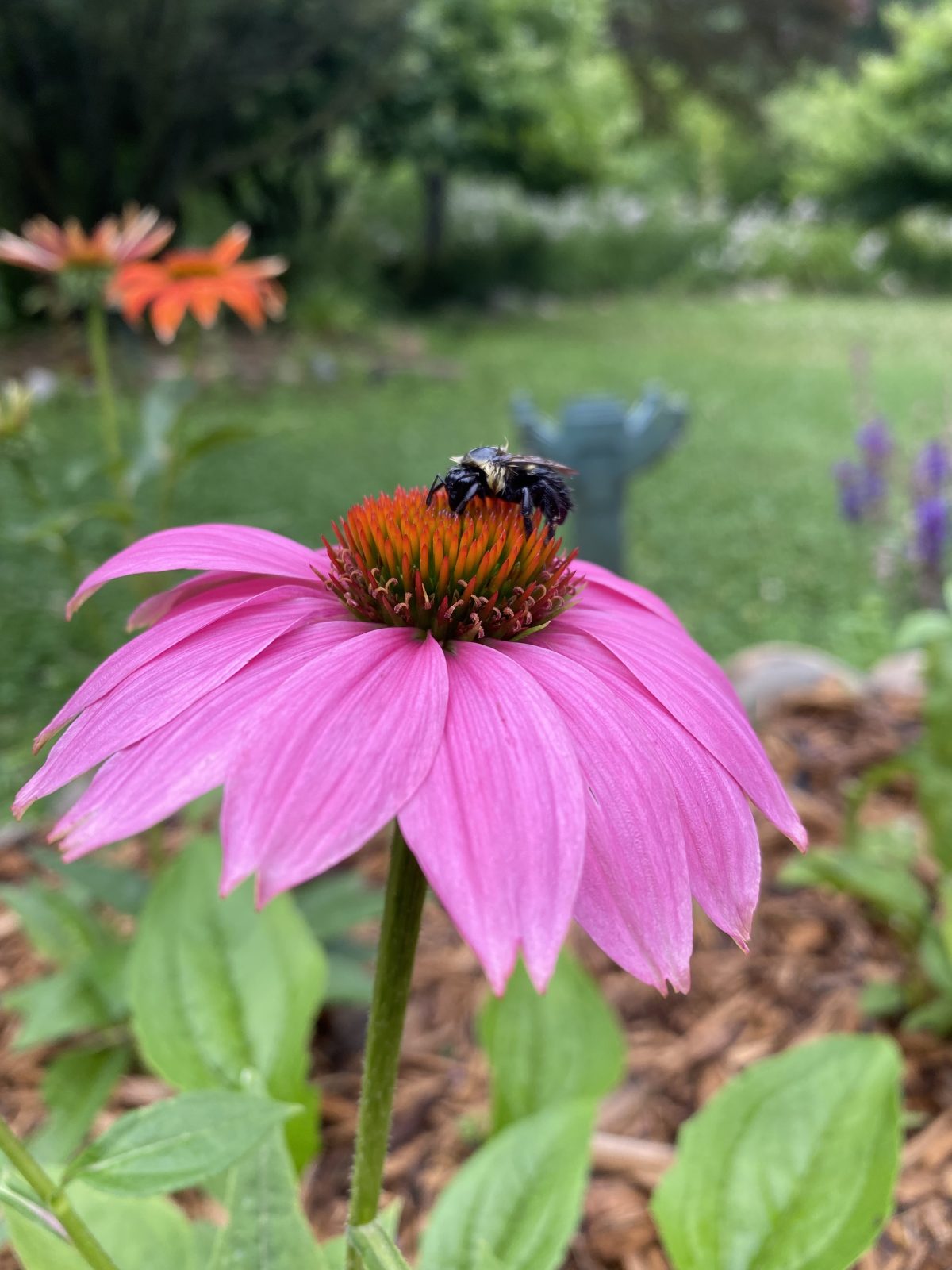
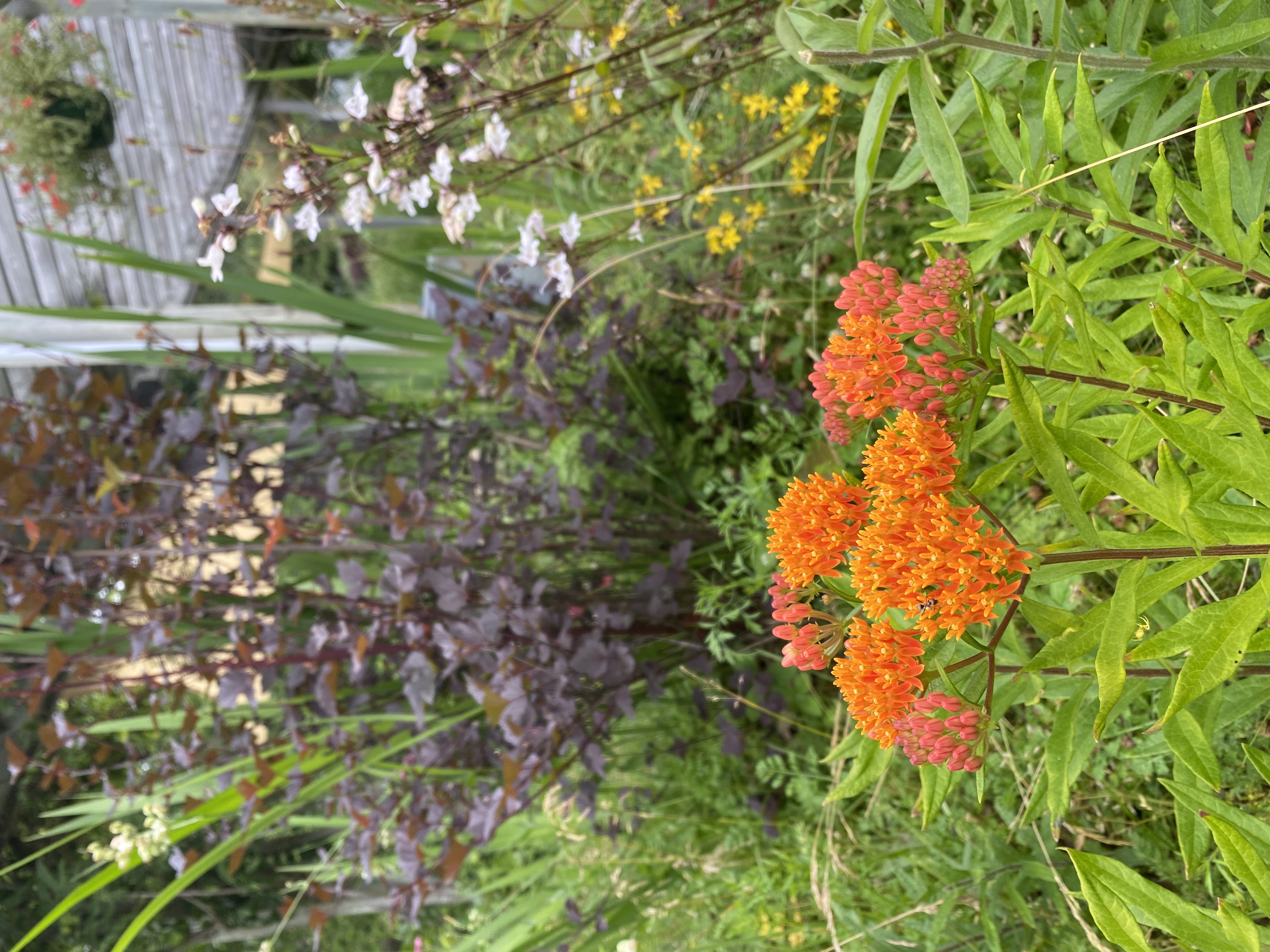
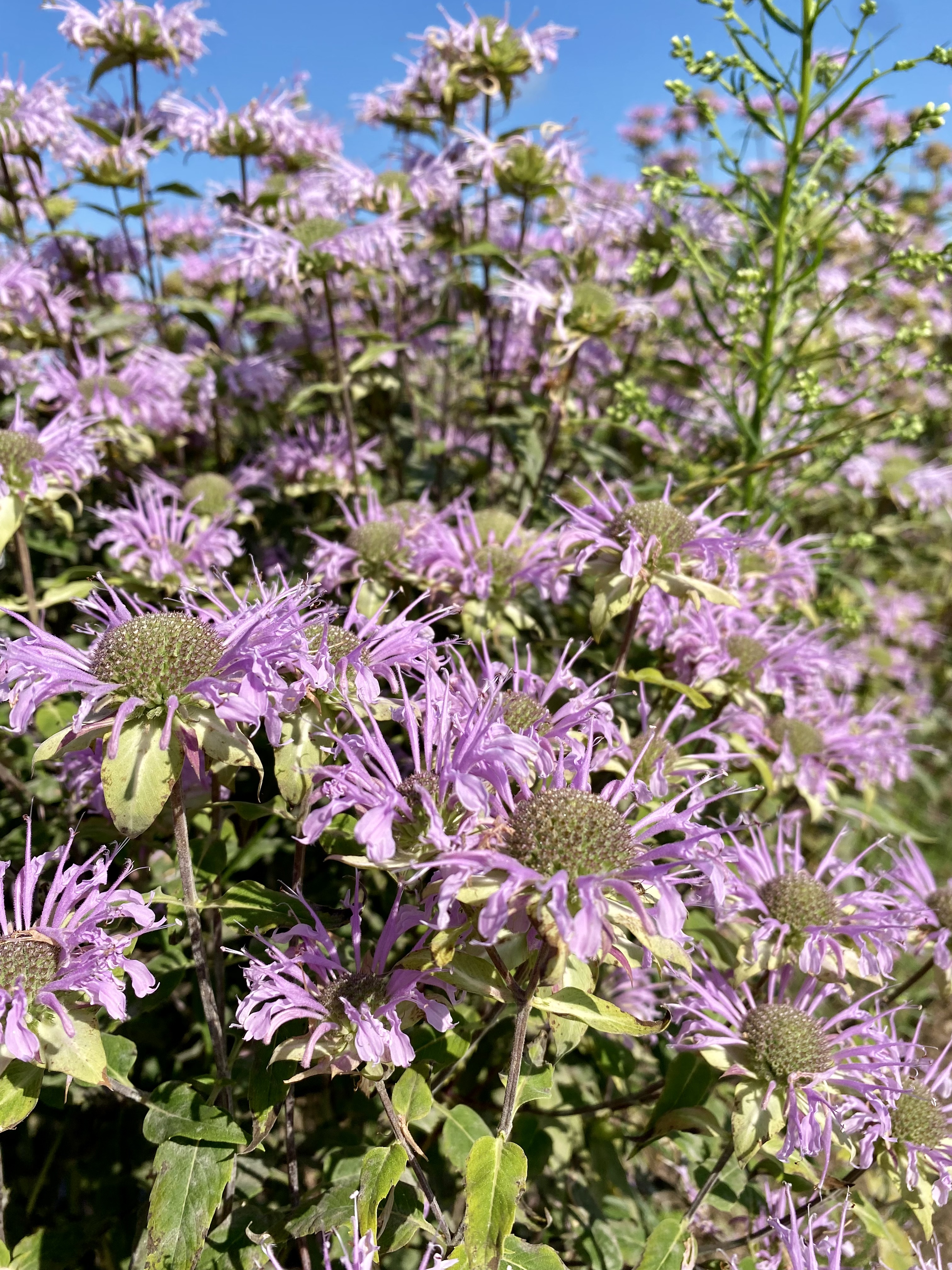
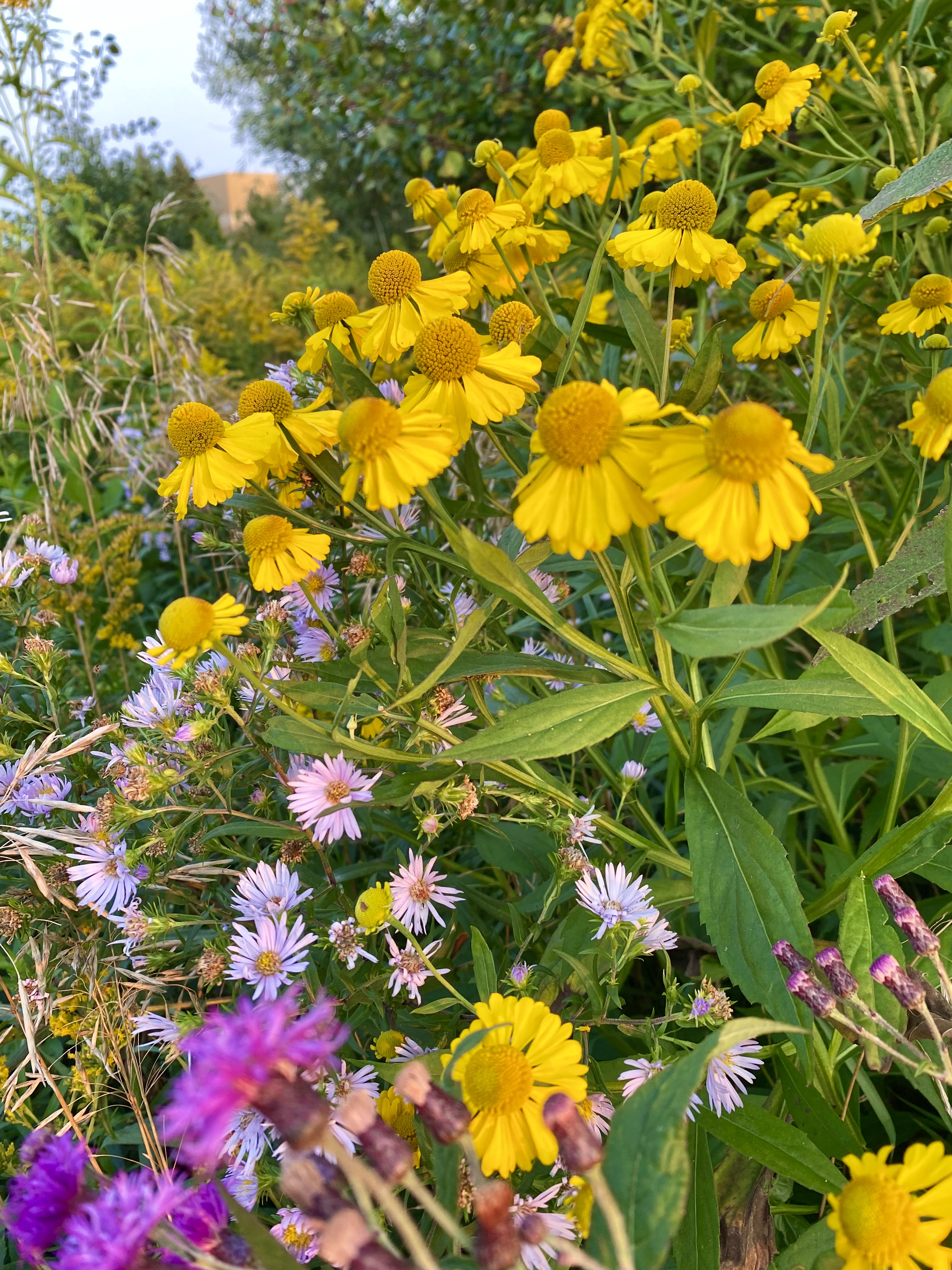
Educate staff
Staff education is a critical, often overlooked component for garden centers to promote drought-resistant plant varieties effectively.
For staff training, Hovis utilizes scripts and ongoing education to ensure consistent messaging about plant varieties. She teaches her staff to initiate conversations with customers to assess their knowledge level and then provide relevant information.
Hovis says this approach enables the creation of personalized shopping experiences while ensuring customers receive accurate guidance.
“One of the things we’re clear about with customers is that we’re the experts,” she says. “And we want (our customers) to succeed, and we do that through unreasonable hospitality. It’s teaching your staff to participate and engage. It’s talking to them about their whole garden, and not just the plants they’re purchasing right now.
“Our job is to educate all the time,” she adds. “Any chance we get, that’s our opportunity to engage and have a conversation.”
Hovis also stresses the importance of staff being knowledgeable about watering needs, especially for newly planted drought tolerant plants, as this is crucial information to share with customers.
“We coach (staff) to not let anyone leave without talking to them about water,” Hovis says. “As a plant is getting established, we all know that is really a precious moment where we need to focus on water … even if it’s a drought tolerant plant. Once it establishes its roots, it’ll be okay. But customers need to know that in the beginning, even drought tolerant plants need water.”
In addition, Hovis believes in having passionate employees who genuinely believe in the products they sell, which helps build customer trust and satisfaction.
Her philosophy is a melding of sound business decisions with doing what's right for the environment, and she ensures her staff understands this balance when interacting with customers about plant selections and care requirements.
Get outside the garden center
Partnering with towns and cities to install drought tolerant, low-maintenance planters on municipal properties presents a mutually beneficial opportunity for garden centers and nurseries.
Strategically branded with garden center-identifying hang tags, these installations not only enhance community aesthetics and conserve water, but they also provide invaluable, cost-effective publicity.
Additionally, this proactive approach has the potential to generate positive media attention, ranging from local newspaper features to regional radio interviews, thereby amplifying a garden center’s visibility and community engagement.
“There’s no one right way to do this,” Pavlich says. “However, you do need to know your audience and what will connect with them. And you have to entertain them because you want to keep them on your property for as long as possible and then keep them coming back for more.”
Mike Zawacki is a Cleveland-based journalist and frequent contributor to the GIE Media Horticulture Group who has covered various aspects of the green, horticultural, sports turf and irrigation industries for the last 20 years.
Latest from Garden Center
- The HC Companies, Classic Home & Garden merge as Growscape
- Terra Nova releases new echinacea variety, 'Fringe Festival'
- Eason Horticultural Resources will now officially be known as EHR
- ScottsMiracle-Gro transfers cannabis subsidiary to focus on core lawn and garden business
- Should we start calling natives 'eco-beneficial plants'?
- Ellen Mackenbach-Lakeman appointed new CEO of Dümmen Orange
- $7,500 in therapeutic garden grants available from National Garden Bureau
- The Growth Industry Episode 3: Across the Pond with Neville Stein


